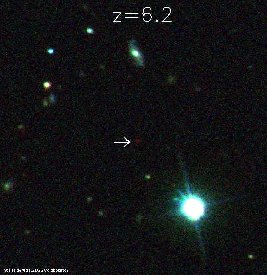
Radio frequency radiation incoming from the Space is similar to visible radiation, but in contrary to other ranges of the radiation,can reach the surface of Earth through atmosphere without problems. That's why radioastronomy takes very important place in contemporary astronomy.
As the date the radioastronomy was born we can take year 1932, when an American engineer, Karl Jansky, for the first time registered radio waves incoming from the Space. Systematic radioastronomical observations begun however after II World W!ar. Today there is no field of astrophysical research, where radioastronomy is not taken into account. Radiotelescopes investigate - quasars, galaxies, intergalactic and interstellar matter, stars (in particular - novas, supernovas, pulsars), Sun and Solar System planets. Observation of the background radiation gives information how Universe just after (i.e. 300,000 years) it was born looked like.


Nowadays radioastronomy is used among others to research most distanced objects in the Universe - quasars. On the picture with arrow there is marked a quasar created when the Universe was just 800,000,000 years old.